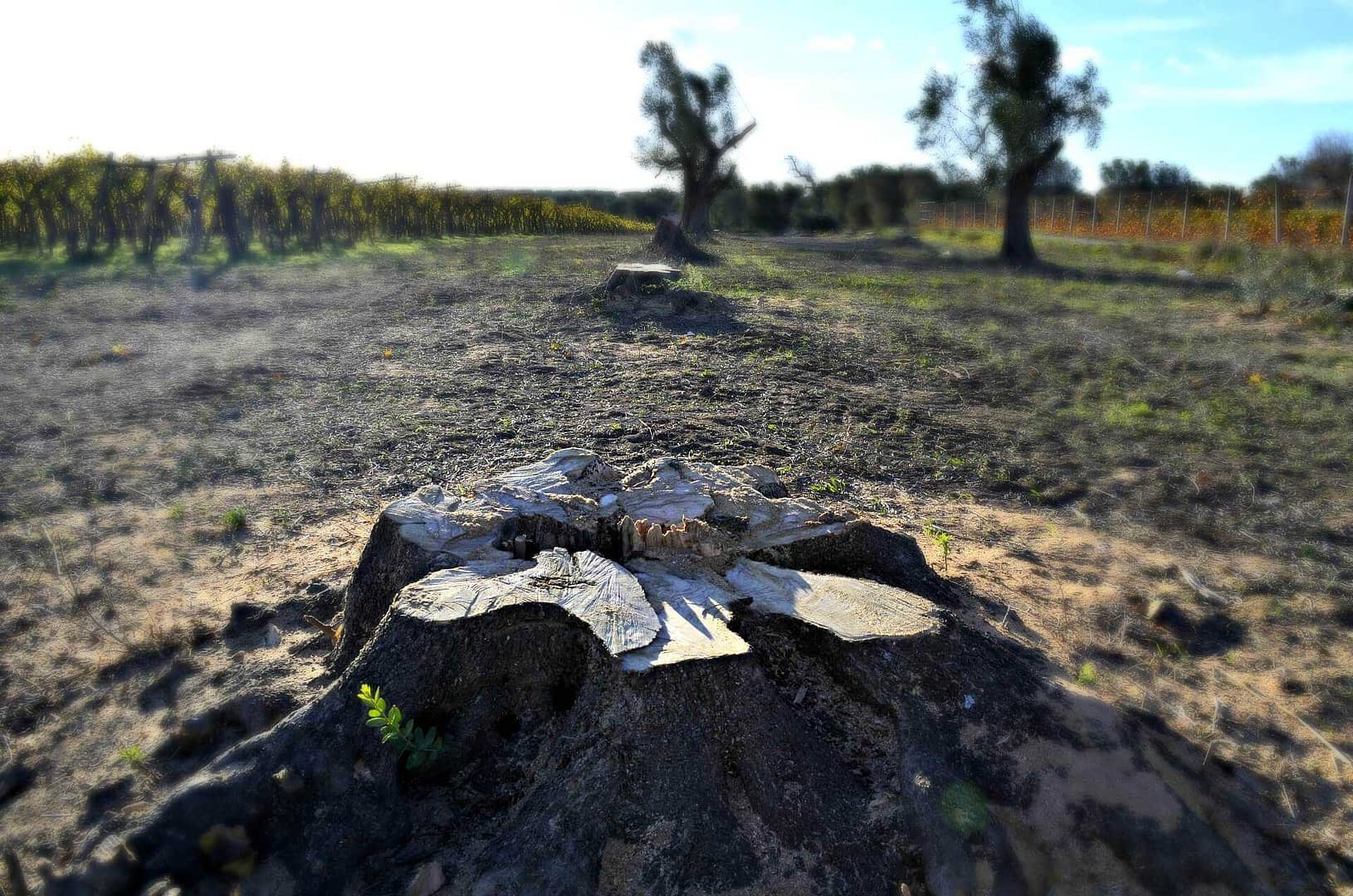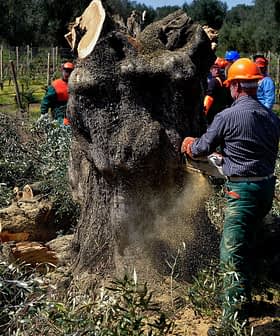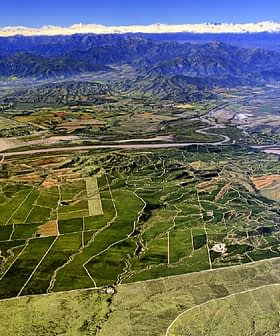Increased Precision in Europe's New Xylella Fastidiosa Legislation

The European Commission has introduced new regulations to combat the spread of Xylella fastidiosa in the European Union, based on the latest research from EFSA, including shrinking the infection zone from 100 meters to 50 meters. The new regulations also call for intensified annual surveys and focus on containment efforts in areas where eradication is no longer feasible to prevent significant economic and job losses in the E.U.
The European Commission has announced new and “more targeted” measures to contain the spread of Xylella fastidiosa in the European Union.
The new regulations replace the previous ones, which came into force in 2015. The Commission made its decisions to change the previous regulations based on the latest research from the European Food Safety Authority (EFSA).
See Also:Study Reveals Potential Economic Impact of Xylella on Spain, Italy, GreeceAmong the biggest changes to the regulations is shrinking the infection zone from a 100-meter (330-foot) radius of any infected plant to a 50-meter (165-foot) radius. However, the definition of which plants must be uprooted in the infection zone has not changed substantially.
The decision to cut the infection zone in half will likely be greeted with relief from farmers, many of whom argued that the original 100-meter zone was excessive and led to the destruction of too many healthy trees.
Along with shrinking the size of the infection zone, the associated buffer zone, which is meant to prevent the spread of Xylella fastidiosa to unaffected areas, has also been cut in half.
Under new regulations, the buffer zone that surrounds each infection zone will extend another 2.5 to five kilometers (1.6 to 3.1 miles). The width of the buffer zone will be determined based on whether the disease is actively spreading and what eradication measures have been taken.
The original regulations specified that all buffer zones must have a width of at least five to 10 kilometers (3.1 to 6.2 miles).
In the event that a single plant has been infected and eradicated before the disease has spread, the buffer zone will remain at one kilometer (0.6 miles), as was previously legislated.
Along with changes in the definition to these demarcated areas, the new regulations also call on E.U. member states to “intensify” their annual surveys in order to identify outbreaks more quickly.
The European Commission also concluded that in certain areas, including southern Puglia, the French island of Corsica and Spain’s Balearic Islands, eradication of Xylella fastidiosa is no longer feasible and instead local authorities should concentrate their efforts on containing the disease.
If left unchecked, the E.U. fears Xylella fastidiosa would lead to an annual production loss of €5.5 billion ($6.5 million) and eliminate 300,000 jobs.









